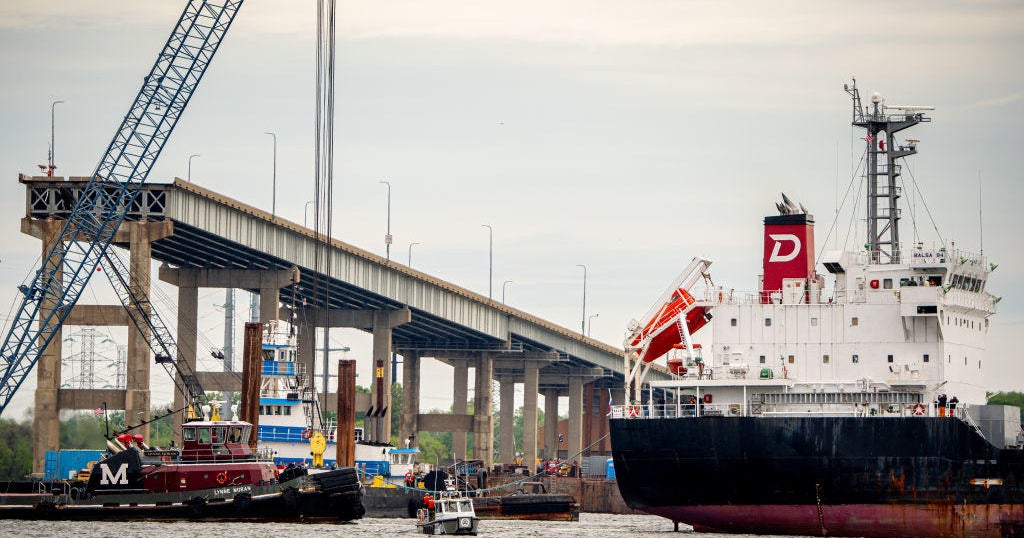Aging Infrastructure: Tracing the E. coli contamination in Baltimore's water
BALTIMORE -- A massive sinkhole that opened along East North Avenue in early July is partially to blame for the E. coli water contamination over Labor Day weekend at the other end of the city. It was one in a chain of issues impacting a very old system that caused big problems.
"It was a result of aging infrastructure, something that this city and all cities are dealing with," Department of Public Works Director Jason Mitchell told the city council at its latest hearing on the contamination. "I wouldn't say it was a public works issue. It's a Mother Nature issue that we can't control, but our job is to mitigate it and respond as fast as possible. That's what we did."
A stormwater tunnel near North and Greenmount avenues that dates to 1898 collapsed, creating a ripple effect. The nearby water main was disrupted.
Then, a 107-year-old valve on Kirk Avenue failed.
Because of those problems, water had to be supplied from Druid Lake, making levels dangerously low.
So, the water supply for West Baltimore was shifted to Lake Ashburton, where earlier this year a sinkhole nearby caused the city to abandon a 97-year-old water main.
The whole mess led to less chlorine in the water system and the E. coli contamination.
Frustration boiled over in West Baltimore neighborhoods where for days the water was not safe to drink.
The DPW director said the water today is safe, and the agency is working to make sure contamination does not happen again.
He said there are many safeguards in the system.
"We have a tremendous amount of redundancy, so when we have a 60- or 80-inch line go down and multiple 40-inch lines go down -- those are significant size lines -- we are still able to modify our system and provide drinking water to our public," Mitchell told the council.
WJZ has investigated the issues for years and reported on Baltimore's many water main breaks. The city is working to replace 15 miles a year of aging pipes, but it is not nearly enough.
There were also communication problems during the Labor Day emergency, with city officials failing to notify the public for two days after discovering the E. coli contamination and taken to task for the delay.
"Twitter and NextDoor are obviously not the ways to communicate with the public in times of a crisis, and I think we're all on the same page on that," Councilman Isaac "Yitzy: Schleifer said this week.
Schleifer noted: "There are people who said they didn't have anybody knock on their door. They got no communications sent to them or communicated to them."
Mitchell said they were reviewing the response.
"We are also creating a solid communications plan that is robust and we'll be able to improve our responses. We'll have that as well by the end of the month," he said.




